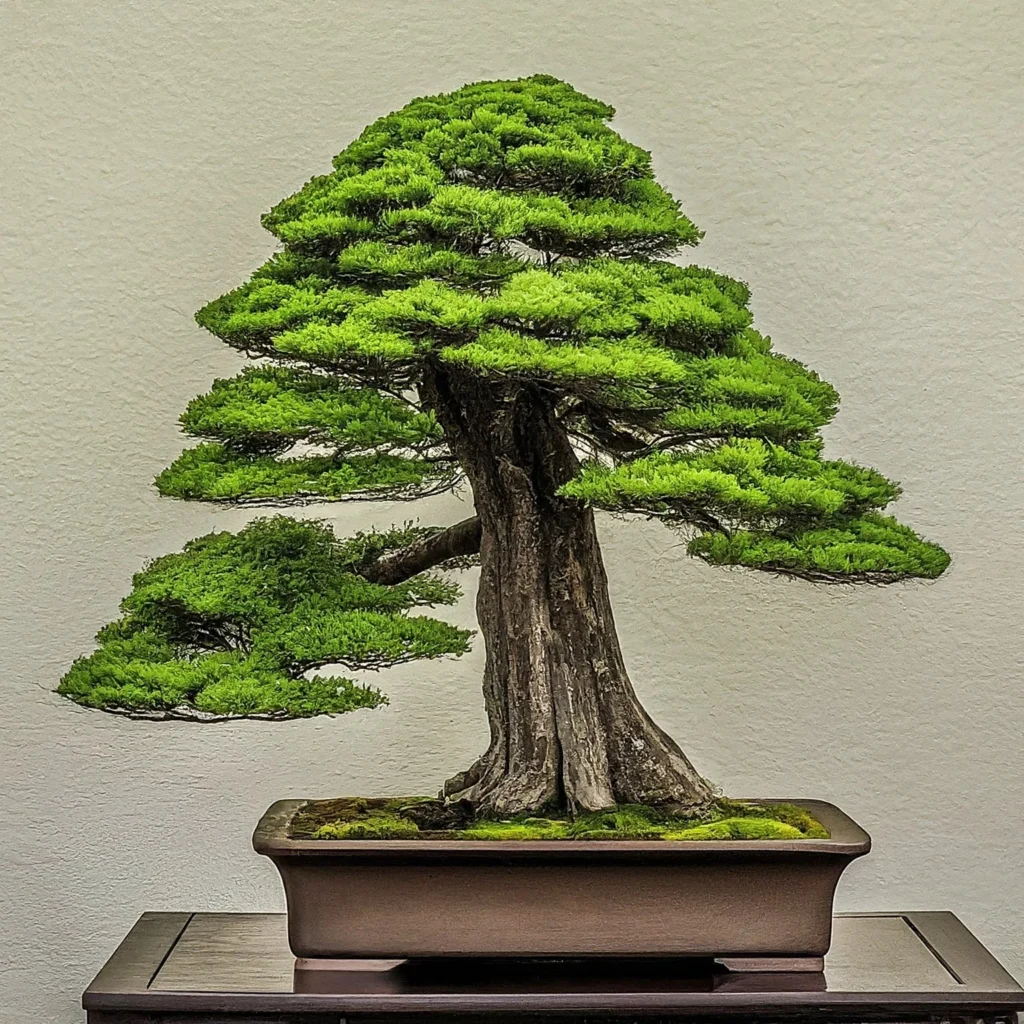Bonsai Trees For Beginners
Bonsai for Beginners: A Journey into Miniature Majesty
Bonsai, the art of cultivating miniature trees in containers, is a captivating practice that combines horticultural skill with aesthetic appreciation. While it may seem intimidating, bonsai is accessible to beginners with a little patience and guidance.

Here’s a primer to embark on your bonsai journey:
1. Choosing Your First Bonsai:
- Species Selection: Begin with a species known for its resilience and adaptability to bonsai cultivation. Popular options include Chinese Elm, Japanese Black Pine, Ficus, and Jade.
- Pre-Bonsai or Starter Tree: Consider purchasing a pre-bonsai or starter tree, which is a young tree that has already been partially trained and shaped.
- Local Nursery or Specialty Store: Seek out reputable nurseries or bonsai specialty stores for advice and guidance on selecting the right tree for your needs.
2. Understanding the Basics of Bonsai Care:
- Potting: Bonsai trees are typically planted in shallow, unglazed ceramic pots that allow for good drainage.
- Watering: Bonsai trees require frequent watering, especially during warmer months. The soil should be kept consistently moist but not soggy.
- Fertilizing: Bonsai trees need regular fertilization to provide essential nutrients for growth. Use a balanced fertilizer specifically formulated for bonsai.
- Pruning: Pruning is essential for maintaining the desired shape and size of your bonsai. Different techniques are used to encourage growth in specific areas and maintain the overall silhouette.
- Wiring: Wiring involves using soft wire to gently bend and shape the branches of a bonsai. This technique allows for greater control over the tree’s growth.
- Repotting: Bonsai trees need to be repotted periodically to refresh the soil and allow for root growth. Repotting is best done in spring or early summer.
3. Essential Tools for Bonsai:
- Pruning Shears: Use sharp, specialized pruning shears for making clean cuts on branches.
- Wire Cutters: Wire cutters are used to cut and remove bonsai wire.
- Bonsai Wire: Soft, malleable wire is used to shape and bend branches.
- Concave Cutter: A concave cutter is used for making precise, curved cuts on branches.
- Bonsai Potting Soil: A specialized potting soil with good drainage is essential for bonsai.
- Watering Can with a Fine Rose: Use a watering can with a fine rose to gently water your bonsai.
4. Simple Techniques for Beginners:
- Pinching: Pinch off new growth tips to encourage branching and bushier foliage.
- Wiring: Gently wrap wire around branches to shape and guide their growth.
- Pruning: Remove dead, diseased, or overgrown branches to maintain the desired shape.
5. Resources and Inspiration:
- Books and Websites: Explore books and websites dedicated to bonsai for detailed information and guidance.
- Bonsai Clubs: Join a local bonsai club to learn from experienced bonsai enthusiasts.
- Online Forums: Connect with other bonsai enthusiasts online for support and inspiration.
6. Patience and Perseverance:
Bonsai is a rewarding but demanding art form. Be patient and persistent, and remember that bonsai cultivation is a lifelong journey of learning and discovery.
Enjoy the process of nurturing your miniature trees and creating a living piece of art. The journey of bonsai is as much about the process as it is about the final result. Embrace the challenge, and you will be amazed at the beauty and resilience of these miniature wonders.
Unlocking the Art of Bonsai
While the initial steps in bonsai are straightforward, the art truly blossoms when you delve into more advanced techniques and creative expression. Here’s a peek into the world of bonsai mastery:
1. Mastering the Styles:
- Formal Upright (Chokkan): A classic style with a straight trunk and symmetrical branches.
- Informal Upright (Moyogi): A more natural style with a slightly curved trunk and asymmetrical branches.
- Slanting (Shakan): A dynamic style with a trunk that leans significantly to one side.
- Cascade (Kengai): A dramatic style where the tree’s branches cascade over the pot’s edge.
- Semi-Cascade (Han-Kengai): A similar style to the cascade, but the branches only reach the pot’s rim.
- Literati (Bunjingi): An elegant style with a slender trunk and sparse, graceful branches, resembling a scholar’s brushstroke.
2. Advanced Pruning Techniques:
- Leaf Pruning: Removing excess leaves to encourage smaller, more compact foliage.
- Defoliation: Removing most of the leaves to stimulate new growth and a denser, more compact canopy.
- Root Pruning: Pruning roots during repotting to control growth and maintain the desired size.
3. The Art of Styling:
- Deadwood (Shari): Creating a natural, weathered appearance by exposing the deadwood of the trunk or branches.
- Hollowed Trunk (Uechi): Carving out a hollow in the trunk to create a dramatic and aged appearance.
- Jin (Dead Branch): Creating a dead branch effect by removing the bark and leaving the deadwood exposed.
4. Creating Movement and Balance:
- Movement (Yoseue): Planting multiple trees together in a natural-looking group.
- Balance (Fukinsei): Creating a visually balanced composition by considering the weight and placement of the tree and its branches.
5. Cultivating a Bonsai Collection:
- Species Diversity: Expand your bonsai collection to include a variety of species and styles, creating a miniature forest or garden.
- Seasonal Changes: Appreciate the seasonal changes in your bonsai trees, from the delicate blossoms of spring to the vibrant colors of autumn.
6. Bonsai Shows and Competitions:
- Exhibition and Competition: Participate in local or national bonsai shows to showcase your work and learn from other enthusiasts.
7. Continuing Education:
- Workshops and Classes: Enroll in workshops or classes to learn advanced bonsai techniques and styles.
- Mentorship: Seek guidance from experienced bonsai masters.
Remember, bonsai is a journey of continuous learning and artistic expression. Embrace the challenges, revel in the beauty, and let your bonsai creations reflect your unique vision and appreciation for this captivating art form. The path of bonsai is a testament to the boundless possibilities of nature and human creativity.



